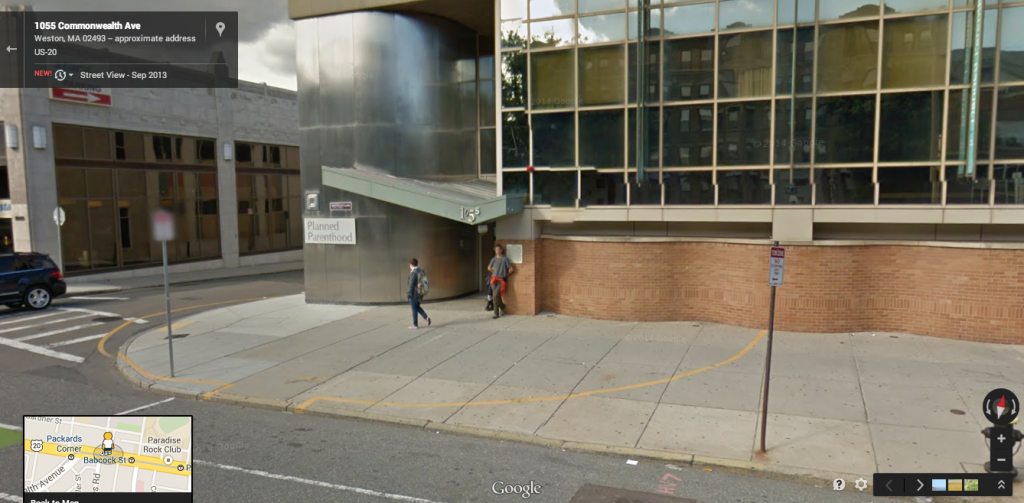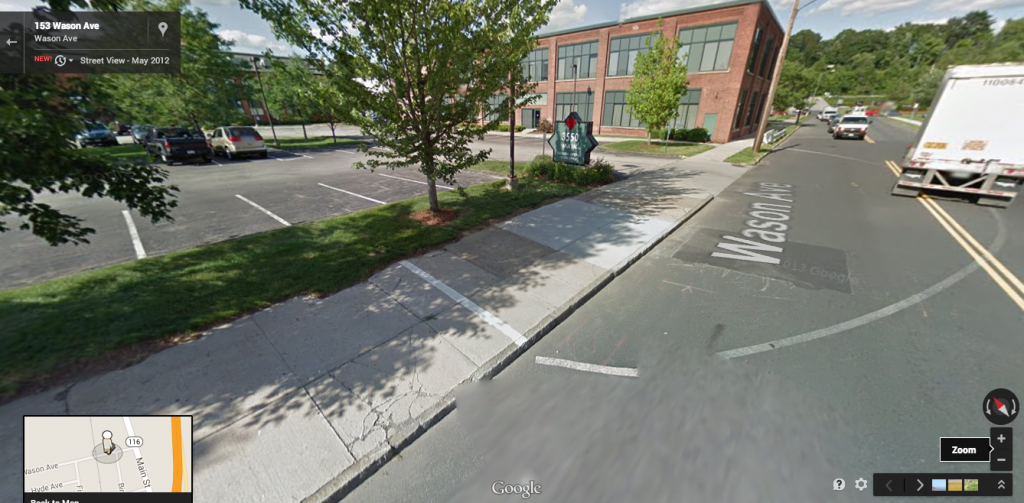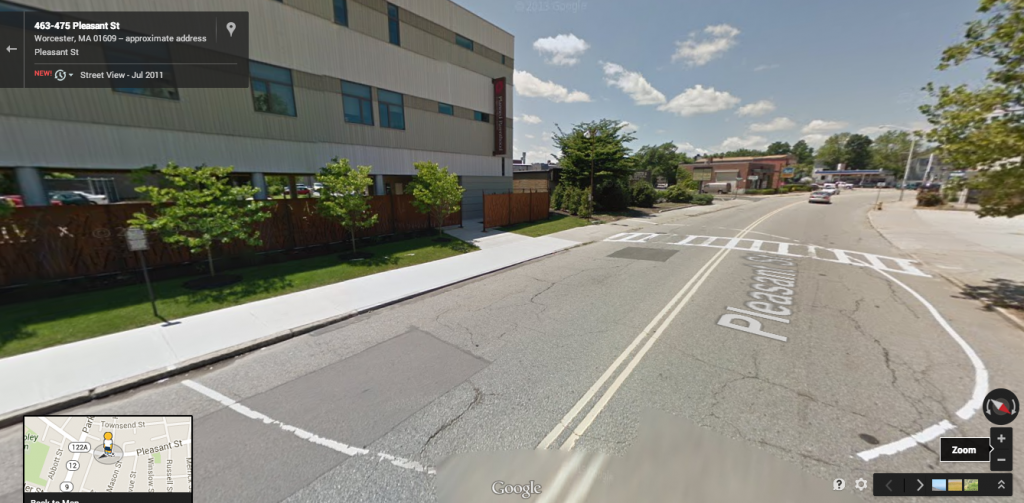In McCullen v . Coakley, the Court struck down a Massachusetts law that imposed a 30-foot buffer zone, in the form of an arc, around the entrances to abortion clinics in the Commonwealth. McCullen, and her associates, attempted to counsel people entering the clinics at three Planned Parenthood facilities in Boston, Worcester, and Springfield.
The Court explains:
At the same time, the buffer zones impose serious bur dens on petitioners’ speech. At each of the three Planned Parenthood clinics where petitioners attempt to counsel patients, the zones carve out a significant portion of the adjacent public sidewalks, pushing petitioners well back from the clinics’ entrances and driveways. The zones thereby compromise petitioners’ ability to initiate the close, personal conversations that they view as essential to “sidewalk counseling.” For example, in uncontradicted testimony, McCullen explained that she often cannot distinguish patients from passersby outside the Boston clinic in time to initiate a conversation before they enter the buffer zone. App. 135. And even when she does manage to begin a discussion outside the zone, she must stop abruptly at its painted border, which she believes causes her to appear “untrust worthy” or “suspicious.” Id., at 135, 152. Given these limitations, McCullen is often reduced to raising her voice at patients from outside the zone—a mode of communica tion sharply at odds with the compassionate message she wishes to convey. Id., at 133, 152–153. Clark gave similar testimony about her experience at the Worcester clinic. Id., at 243–244.
Here are Google Street View images of the three clinics.The images do give you a sense how far away McCullen would have to stand to initiate a conversation with someone entering the clinic.
Here is the facility in Boston:
As for the other two locations, the buffer zones are far outside the parking lots, which most people park in. The Court responds that they should have a right to stand near entering cars.
Finally, respondents suggest that, at the Worcester and Springfield clinics, petitioners are prevented from com municating with patients not by the buffer zones but by the fact that most patients arrive by car and park in the clinics’ private lots. Id., at 52. It is true that the layout of the two clinics would prevent petitioners from approach ing the clinics’ doorways, even without the buffer zones. But petitioners do not claim a right to trespass on the clinics’ property. They instead claim a right to stand on the public sidewalks by the driveway as cars turn into the parking lot. Before the buffer zones, they could do so. Now they must stand a substantial distance away. The Act alone is responsible for that restriction on their ability to convey their message.
In any event, here is the Springfield Planned Parenthood:


